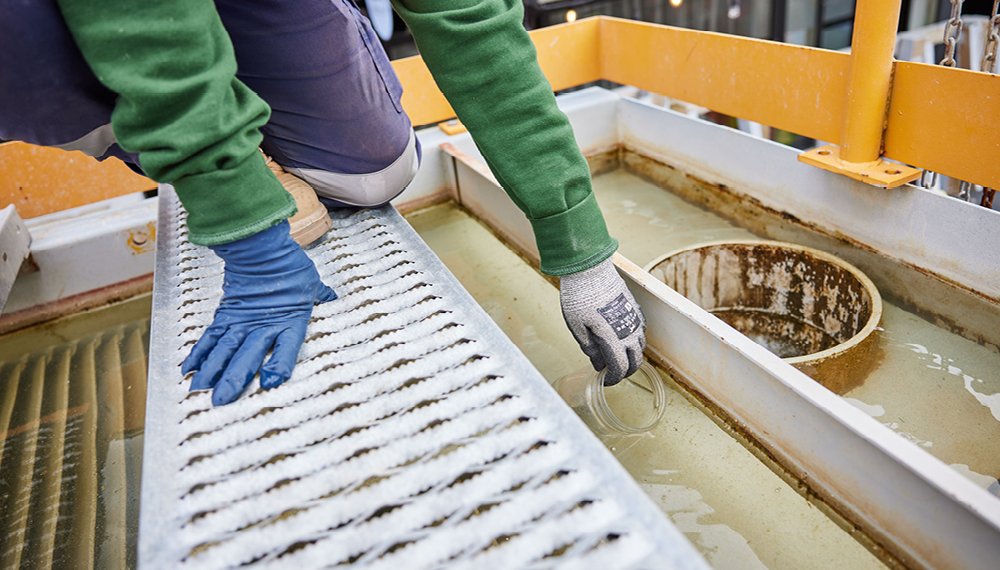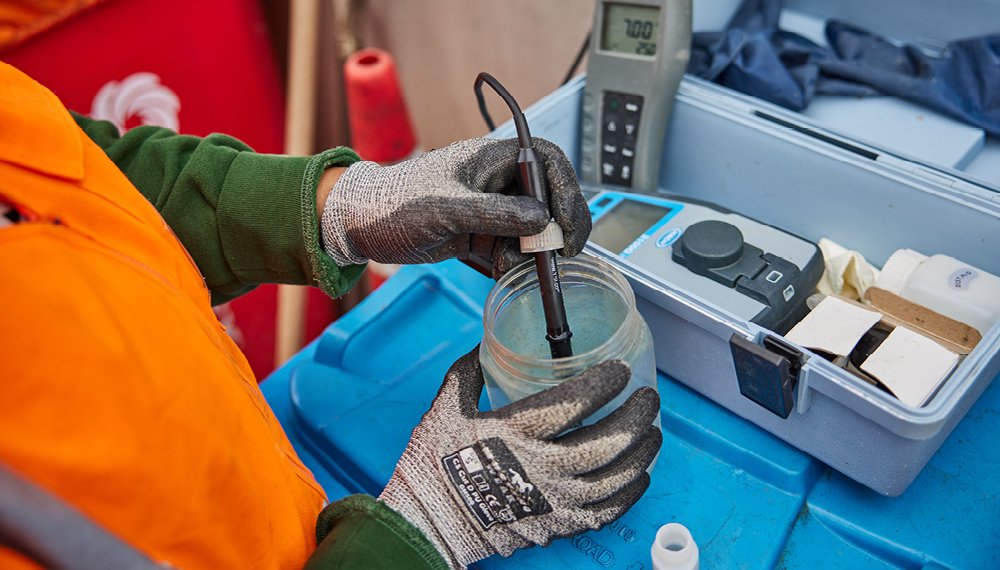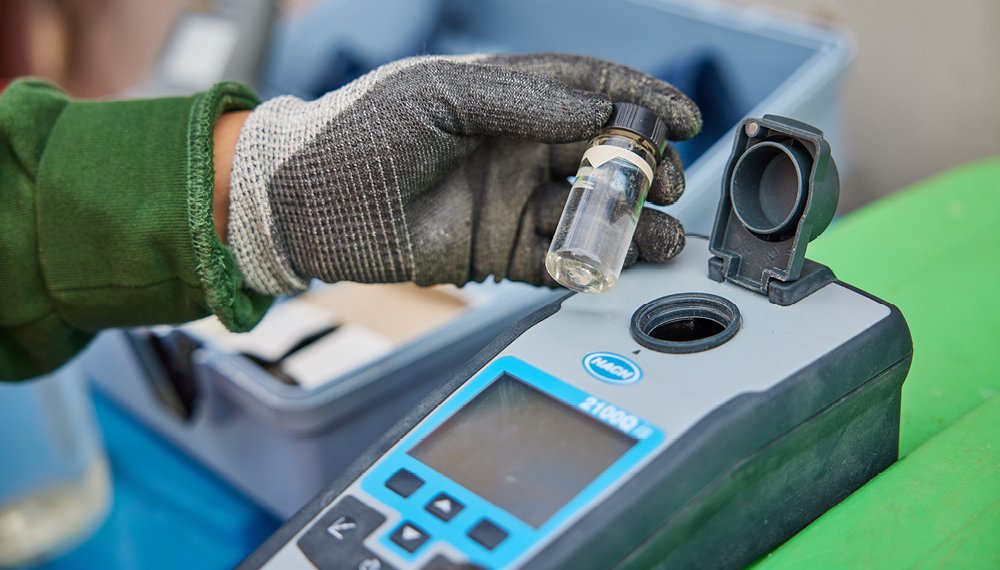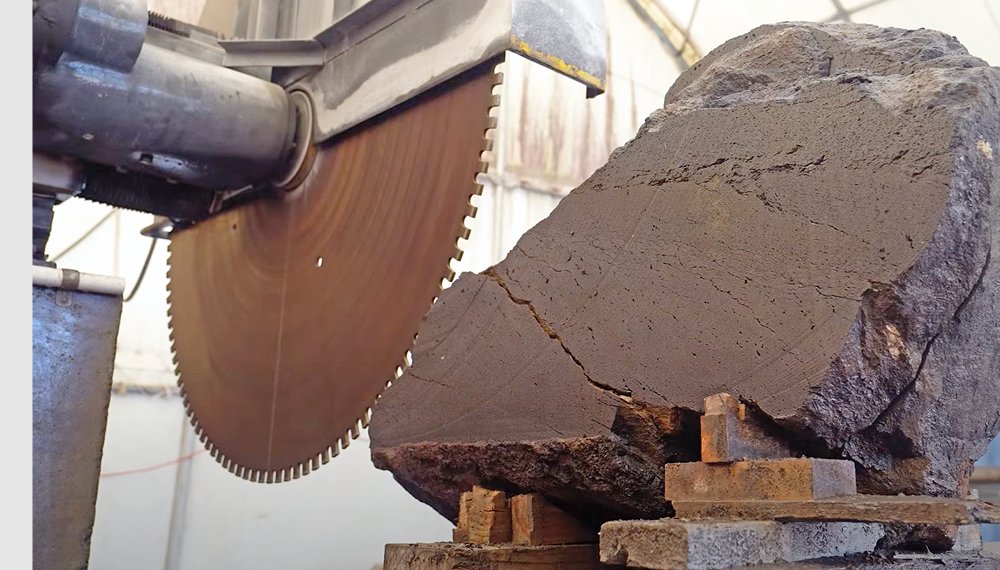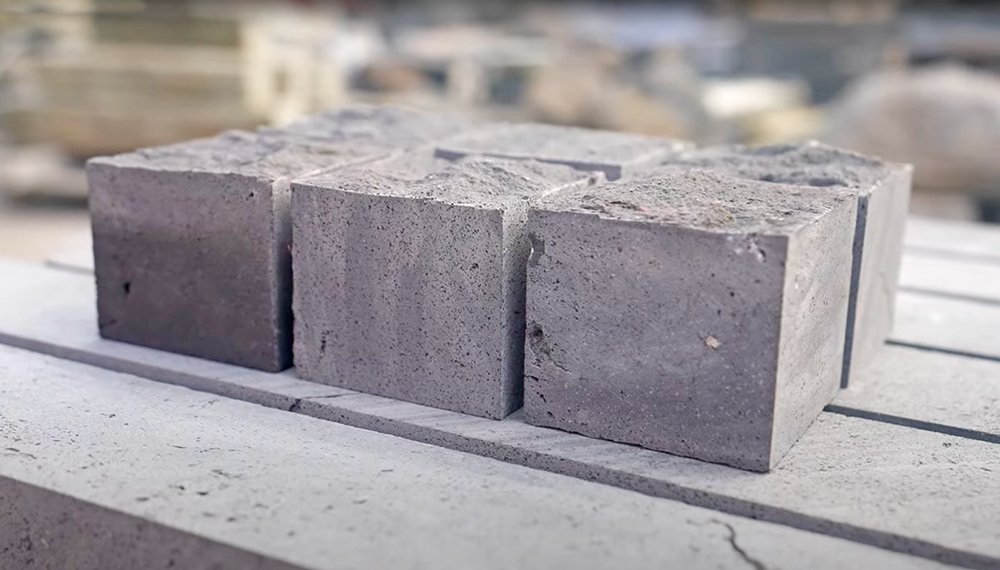A key objective for the CRL is to make sure its construction and operation not only minimises any negative impacts to the surrounding environment, but also provides positive benefits.
Environmental Monitoring
To protect the built environment, our neighbours and the environment, CRL has put in place a state-of-the-art monitoring system.
The project monitors ground and building movement, noise and vibration in real time 24 hours a day, seven days a week. There are 2,569 ground and building movement monitoring points and 25 noise and vibration monitors across the project. Project works have the potential to exceed construction noise and vibration limits so measures to avoid or minimise these are carefully planned and put in place. The monitoring system alerts the team to take action to prevent excessive vibration, movement or noise for our neighbours.
Water Quality: Wai Ora
Construction of the CRL tunnels has inevitably been a mucky business, particularly in periods of heavy rain. With tunnel excavation now complete we continue to ensure erosion and sediment is controlled.
To protect the harbour and surrounding streets from water contaminated by construction works, the construction team implements measures such as protecting stormwater drains using large sediment-catching “socks” and using water treatment systems that remove contaminants from the water.
Across the stations there are six water treatment plants. Looking much like a skip bin attached to water tanks, these water treatment settlement systems contain a combination of treatment types including pre-treatment shakers to remove larger sediment particles, a series of inclined plates forming a large area onto which suspended solids settle, and chemical treatment to change muddy water to clear water. Regular testing ensures that the water is free of sediment and contaminants and has a neutral pH, before it is released into the stormwater system and ultimately the harbour.
Waste
Waste reduction starts with efficient design: avoiding the use of materials that will later need to be discarded, and reducing the amount of materials that are needed overall.
Construction will always create some waste, so the aspirational goal of the CRL project is to divert all construction waste from landfill.
Careful planning has been undertaken to predict the types and volumes of waste generated on site at every stage of the project. The waste hierarchy has been put into practice to recover as much material as possible with a strong culture of avoiding, reducing, and reusing waste, and ensuring there are suitable places to divert clean fill and recycling.
^ back to top
Tracking progress
As well as one-off initiatives to eliminate waste going to landfill, the CRL contractors also have systems in place to deal with the day-to-day waste that is produced and track where it goes.
This ranges from biodegradable office waste collected by We Compost for composting, to demolished concrete being sent to Green Vision for crushing and re-use and general construction waste being sent to Green Gorilla for sorting and recycling. As of the end of 2022 over 1.2 million tonnes of materials had been diverted from landfill through recycling or reuse from the project.
Although the aspirational goal of all waste being diverted from landfill has not been achieved, the chart below show that a significant proportion has been diverted.
Basalt Pavers
The design to reinstate Fenton Street, next to the NAL rail corridor, includes basalt 'bluestone' paving typically sourced from China. Because a large number of basalt boulders were dug up during site excavation, Link Alliance decided to investigate whether this material could be turned into pavers locally. As a result, 60 tonnes of basalt boulders were cut and shaped to provide pavers for 120m2 of streetscape at a similar cost to importing them from China.
Benefits included:
commercial opportunities for a local business
reuse of a “waste material”
saving 6.6 tCO2e of greenhouse gas emissions associated with transport
reuse of material in the same place it was excavated maintaining a connection between the past and the future, and
reduced supply chain risk associated with global shipping delays resulting from Covid-19.
Another 1,312 tonnes of basalt was taken by Vernon Developments and repurposed to build seawalls in the Coromandel and 30 tonnes donated to Totara Park Mountain Bike Club to build mountain biking obstacles.
Concrete and Steel
Almost 350 false 5 tonne concrete segments (4m wide and 1.1m deep) that were used to guide the tunnel boring machine into the start of the tunnel became redundant.
With no reuse options found Green Vision was selected to crush these. Removing the steel for recycling and grading the crushed concrete to be used as a replacement for virgin aggregate, which may well be supplied back to CRL for tunnel backfill. Recycled concrete aggregate comes with a carbon footprint 75% less than quarried aggregate.
To avoid 82-tonnes of steel being cut up and recycled as scrap, steel props used on the project were also sold to Egmont Industrial Supply who will sell them to other projects for reuse.



